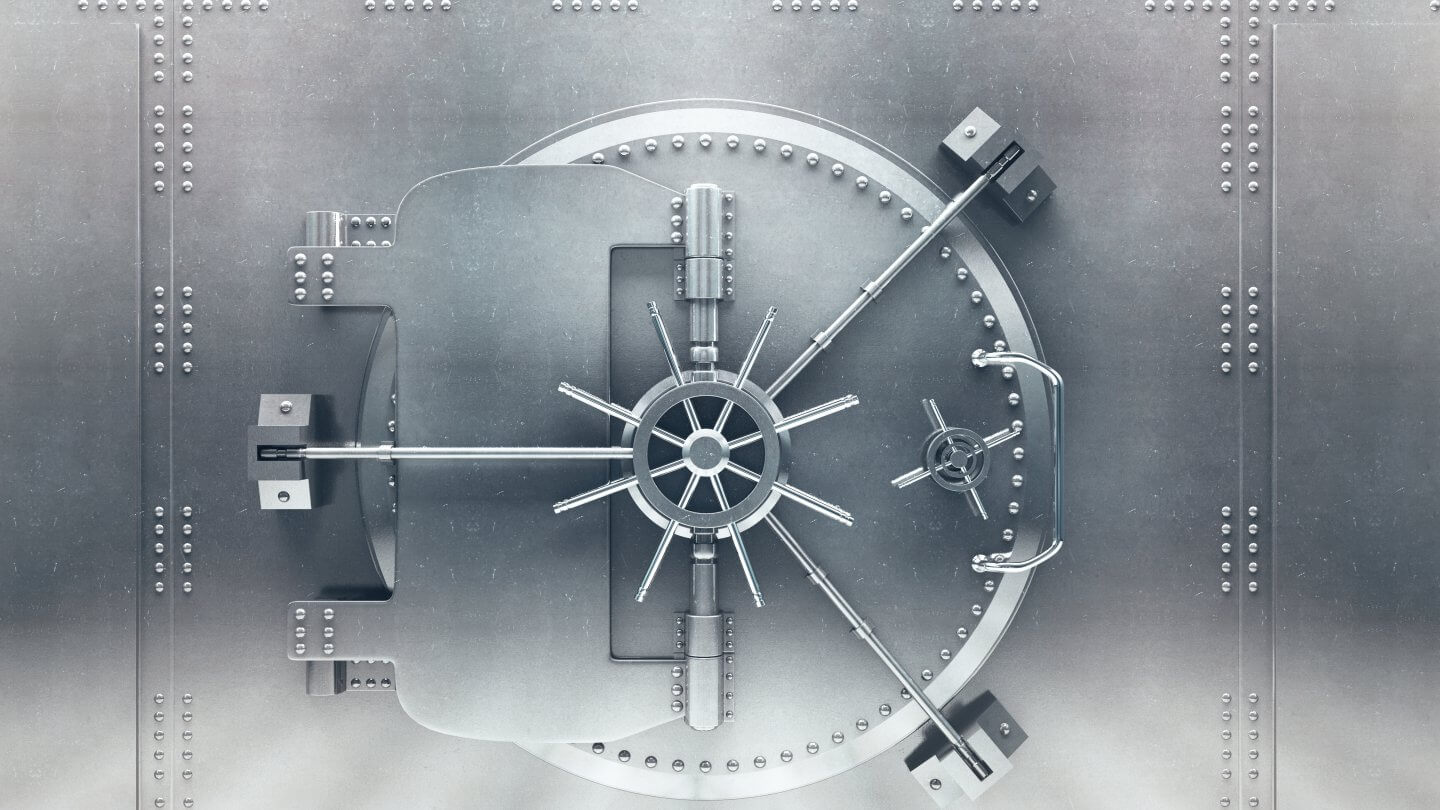You can’t prevent data loss, so here’s the alternative: protect IP with Code42
Staff attrition is something every organization deals with. In the digital era, however, with organizations breaking down silos to ensure staff have access to data they need, employee attrition poses a phenomenal risk to data. The more the enterprise unifies its data lakes, the more access individuals have to potentially priceless IP.
According to some surveys, about 24 million people in the US who quit their jobs in 2018 took some kind of data from their employer’s computers. What’s shocking is that 90 percent of those inside threat activities went undetected.
Not all of those that take their employer’s data with them when they leave intend harm to the organization. Sometimes, individuals are not aware they’re in breach of contract by violating policy. But whether information is exfiltrated maliciously, or by accident, the results are the same. Insider threats need protecting against.
Managers with traditional data loss prevention (DLP) tools are often led to believe that their organization is protected. But more than 80 percent of security teams assessing data losses in the aftermath of an incident are unhappy with their investment in traditional DLP. Data loss prevention simply isn’t working.
Code42 understands the problem that organizations face, especially in an age where employee attrition rates are high, and skilled individuals in many roles can effectively pick and choose where and how they work. When devising its own solution to insider threats, Code42 realized that organizations were having to make a choice between enabling employees (granting access to data, collaborative working, easy information interchange, and so on) and “protecting” data with intrusive policies (restricting access, making employees validate their need-to-know, creating read-only documents, and so forth).
Most organizations are either afraid to enforce strong data protection policies, or are forced, over time, to create so many loopholes in strict data protection measures that the measures themselves become effectively pointless. And even if a working balance between “free access” and “deny access” can be found, the flow of alerts to the IT team means security personnel are overwhelmed by red flags being triggered by innocent line-of-business activities.
Ultimately, the traditional DLP-using company achieves neither goal: empowered workforce or protected IP. That leaves the organization vulnerable to insider threats — and potential losses worth millions — and out of pocket, having invested in DLP that needs expensive, yet pointless management.
According to a Forrester report published last year, if a global organization with 2,000 employees and $500 million in revenues uses Code42’s solution, it can save $444,749 on data loss investigations, $423,461 on data loss recovery, and reduce the cost of litigation by $216,709. Over a three-year period that amounts to a return on investment of 230 percent.
When talking about the success of Code42, however, it’s important to understand how it is different from traditional DLP solutions.
Code42 is was conceptualized as a next-gen DLP, where DLP actually stands for data loss protection. The platform keeps canonical records of data’s storage and data’s movements: where information is, and where it travels. As a result, at times when insider threats are typically posed (an employee leaving or entering disciplinary situations, or corporate takeover, M&A, and so on) security teams can be alerted to relevant data movements at a level in accordance with the situation’s sensitivity. Furthermore, rather than just seeing metadata describing information deemed at risk, the verbatim files and version history are available, for better judgement as to content sensitivity.
Since the IT team is able to look at several months of historical actions taken by, for instance, a flagged individual, security teams can pinpoint insider threat events that could have taken place before the individual’s behavior came to their line-manager’s attention.
The canonical record of data means there’s no gray area between what might be claimed to be the result of normal working practices, and malicious or accidental data removal. At the end of the day, Code42 succeeds where “traditional” DLP solutions fail because it approaches the problem with protection in mind rather than unrealistically believing in data loss prevention.
To safeguard your organization from the consequences of data loss and help protect against insider threats, all without hindering collaboration or overwhelming IT teams with rogue alerts, reach out to Code42’s team today.









